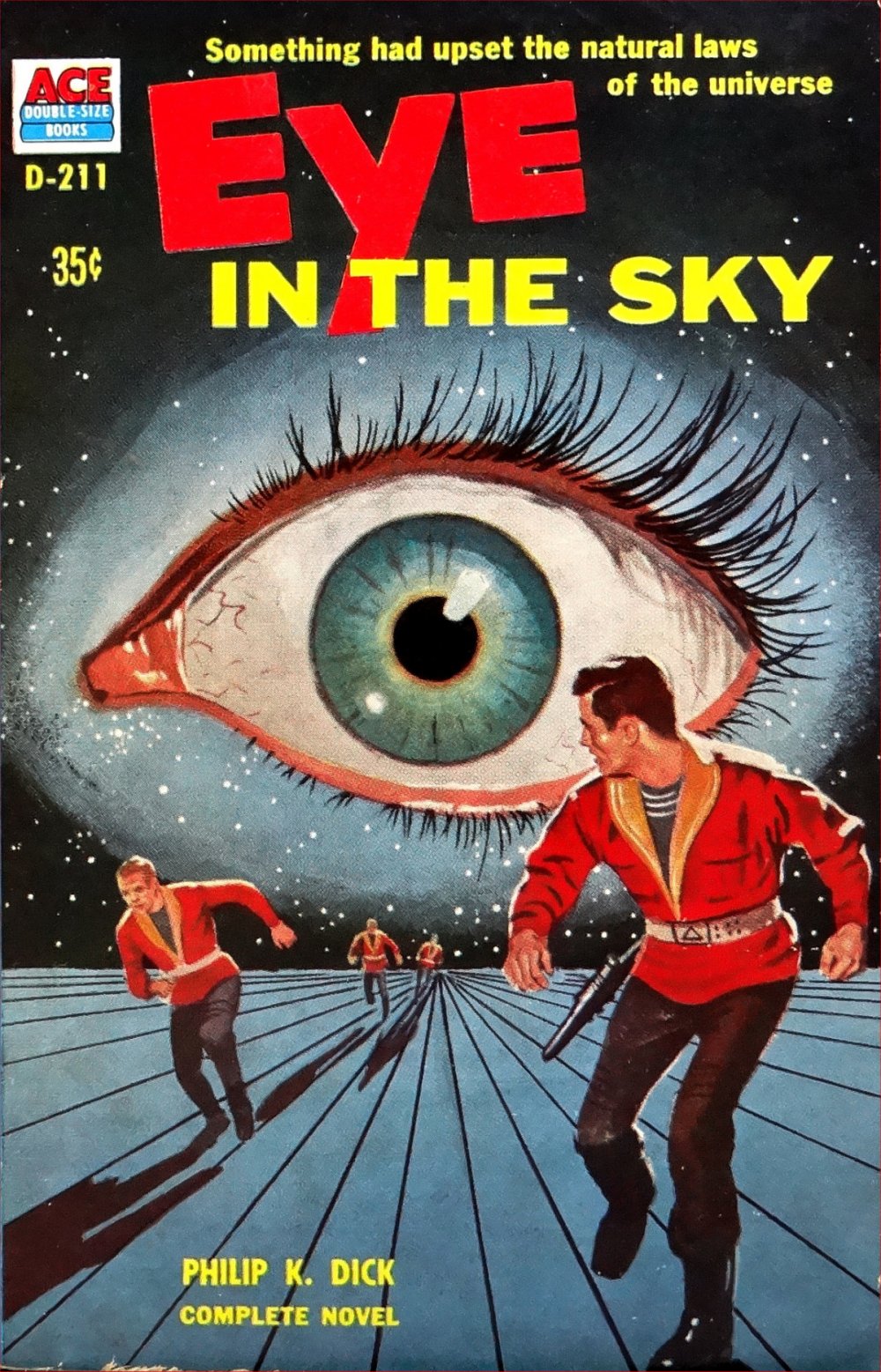Fantasia 2020, Part XIII: Crazy Samurai Musashi
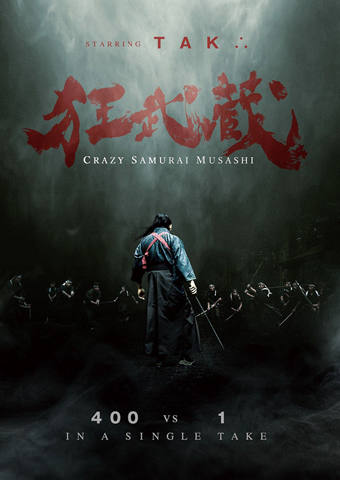 Miyamoto Musashi (1584-1645) was one of the greatest samurai and greatest swordfighters ever to live. By his own account, he fought over sixty duels and won all of them. Stories about Musashi have been told and retold over the centuries, notably including the great novel Musashi (1935-39) by Eiji Yoshikawa. Films about him have proliferated, the most famous likely being Hirohi Inagaki’s Samurai trilogy (1954-55) starring Toshiro Mifune as Musashi.
Miyamoto Musashi (1584-1645) was one of the greatest samurai and greatest swordfighters ever to live. By his own account, he fought over sixty duels and won all of them. Stories about Musashi have been told and retold over the centuries, notably including the great novel Musashi (1935-39) by Eiji Yoshikawa. Films about him have proliferated, the most famous likely being Hirohi Inagaki’s Samurai trilogy (1954-55) starring Toshiro Mifune as Musashi.
One of Musashi’s greatest recorded battles was a conflict with the Yoshioka clan. Following two duels with successive heads of the clan in Kyoto in 1604, Musashi fought the remainder of the clan who attacked en masse with various allies. Musashi killed the leader of the clan, among others, and escaped, in the process developing a new style of swordsmanship.
So much for history. Now comes Crazy Samurai Musashi (狂武蔵) a dramatisation of the battle against the Yoshioka. If ‘dramatisation’ is the right word: the 92-minute film consists of a relatively brief prologue and epilogue to either side of an uninterrupted 77-minute shot of Musashi fighting the Yoshioka and their mercenary allies. Directed by Yûji Shimomura, it stars Tak Sakaguchi (Kingdom) as Musashi and was written by Sion Sono (director of Tokyo Vampire Hotel). And it’s not exactly what you might expect from all of the above.
Unlike most movies centred around swordplay, there’s little complicated choreography. Nor are there complex set-pieces of ambushes and attacks from the shadows. And there’s a surprising absence of blood, though CGI splatter is used with thoughtfulness to add impact to a sword-strike; little plumes of blood are used as a storytelling technique, and quite effectively.
This fits with the odd reality the film builds. Musashi begins the fight in a mass battle, one man against 100 of the Yoshioka clan plus 300 mercenaries. When they attack as a group it quickly becomes clear he can kill any given one of his opponents effectively at will — because he is that good — but is at risk from their sheer number. On the other hand, his opponents don’t want to launch a mass charge because no one of them is prepared to give his life. So after a while the mass of opponents divide up into groups of 20 or so, and Musashi moves from area to area, fighting these small bands.
Occasionally, he will find a single tougher opponent. These fights are set up to look like boss fights; meaning that where it takes Musashi 2 or maybe 5 seconds to kill a typical enemy, the bosses take 10 or 20. Because he’s Miyamoto Musashi, and, again, he is that good. The video-game feel’s intensified by the way Musashi finds bottles of water here and there in empty houses or the like: power-ups as his life-energy runs low.
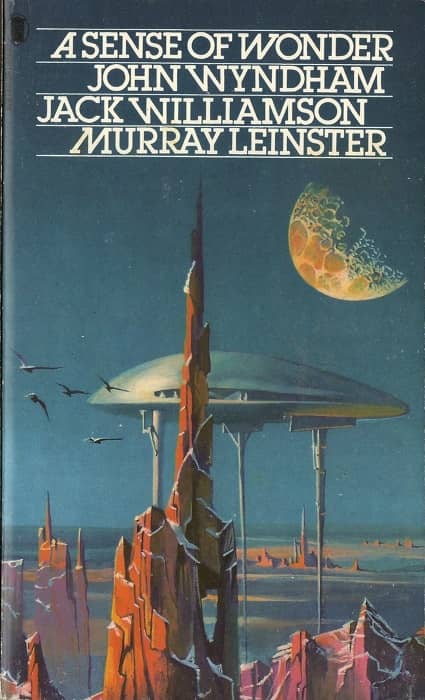
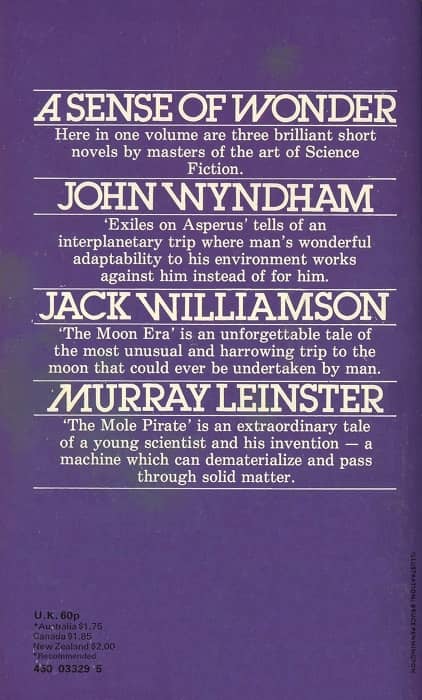
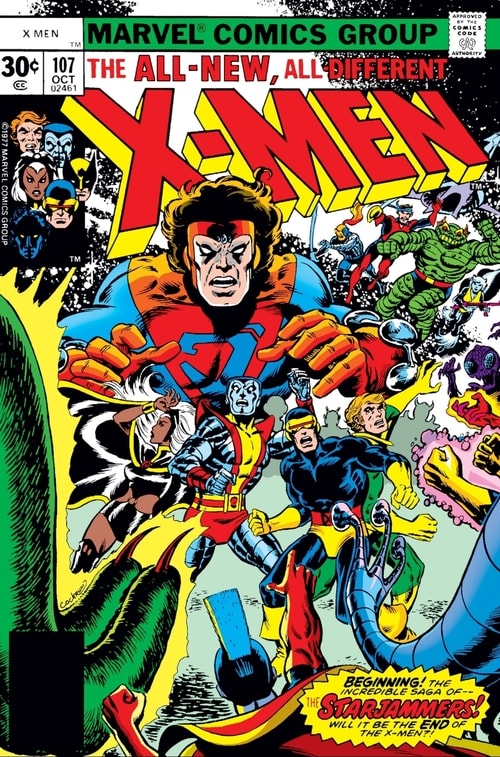
 The chain of inspiration behind a work of art can be stunning to behold. Ernst Theodor Amadeus Hoffman was a musician, critic, and fiction writer in the early nineteenth century whose surreal and gemlike short stories are wonders of early fantasy. Some of those stories were worked into the libretto of Jacques Offenbach’s 1881 opera Les contes d’Hoffmann. Adapted to films at least three times, most notably by Michael Powell and Emeric Pressburger in 1951, Offenbach’s work would inspire the great manga creator Osamu Tezuka in 1973. A
The chain of inspiration behind a work of art can be stunning to behold. Ernst Theodor Amadeus Hoffman was a musician, critic, and fiction writer in the early nineteenth century whose surreal and gemlike short stories are wonders of early fantasy. Some of those stories were worked into the libretto of Jacques Offenbach’s 1881 opera Les contes d’Hoffmann. Adapted to films at least three times, most notably by Michael Powell and Emeric Pressburger in 1951, Offenbach’s work would inspire the great manga creator Osamu Tezuka in 1973. A 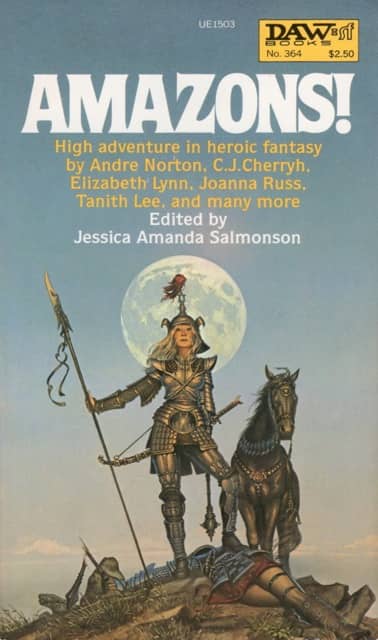
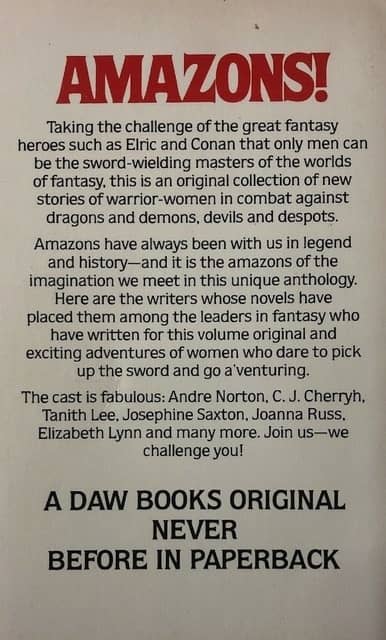
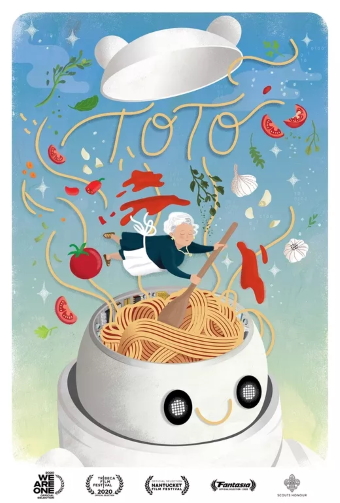 Day 6 of Fantasia 2020 started for me with a panel on folk horror. While you can find the
Day 6 of Fantasia 2020 started for me with a panel on folk horror. While you can find the 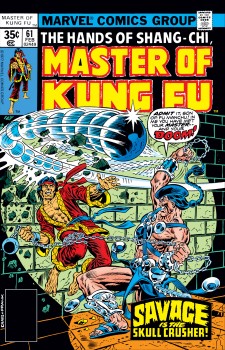
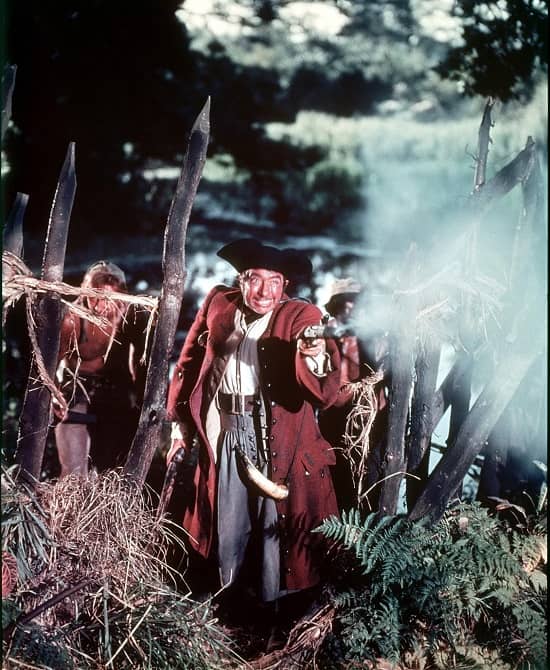
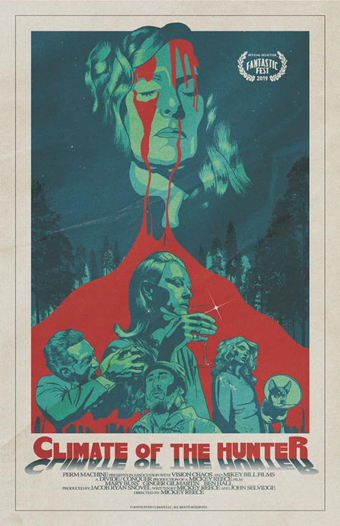 Mickey Reece is a musician turned underground filmmaker with over two dozen features to his credit. In 2019 he came out with Climate of the Hunter, which he directed and wrote with John Selvidge. It streamed on-demand at this year’s Fantasia Festival, and it’s billed as a cross between old-fashioned movie melodramas in the style of Douglas Sirk — what is sometimes called a “
Mickey Reece is a musician turned underground filmmaker with over two dozen features to his credit. In 2019 he came out with Climate of the Hunter, which he directed and wrote with John Selvidge. It streamed on-demand at this year’s Fantasia Festival, and it’s billed as a cross between old-fashioned movie melodramas in the style of Douglas Sirk — what is sometimes called a “